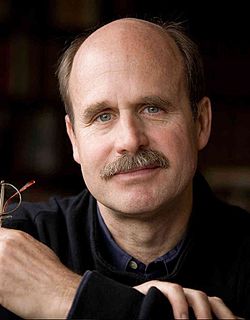A Quote by Clayton Christensen
Disruptive innovations create jobs, efficiency innovations destroy them.
Quote Topics
Related Quotes
Companies, in fact, are specifically organized to under-invest in disruptive innovations! This is one reason why we often suggest that companies set up separate teams or groups to commercialize disruptive innovations. When disruptive innovations have to fight with other innovations for resources, they tend to lose out.
The reason why it is so difficult for existing firms to capitalize on disruptive innovations is that their processes and their business model that make them good at the existing business actually make them bad at competing for the disruption. Companies in fact are specifically organized to under-invest in disruptive innovations! This is one reason why we often suggest that companies set up separate teams or groups to commercialize disruptive innovations. When disruptive innovations have to fight with other innovations for resources, they tend to lose out.
If a company truly wants to resolve the innovator's dilemma, it does need to be able to create wave after wave of disruptive innovation. And those disruptive innovations will typically grow to the point where they do cause some pain for leading companies. But most disruptive innovations create substantial new growth before they cause that pain.
The Republicans are wrong in thinking that the rich create jobs. In reality, many of the richest Americans have been investing in efficiency innovations rather than to create jobs. And the Democrats are wrong, because growth won't happen if they distribute the wealth of the wealthy to everyone else.
























